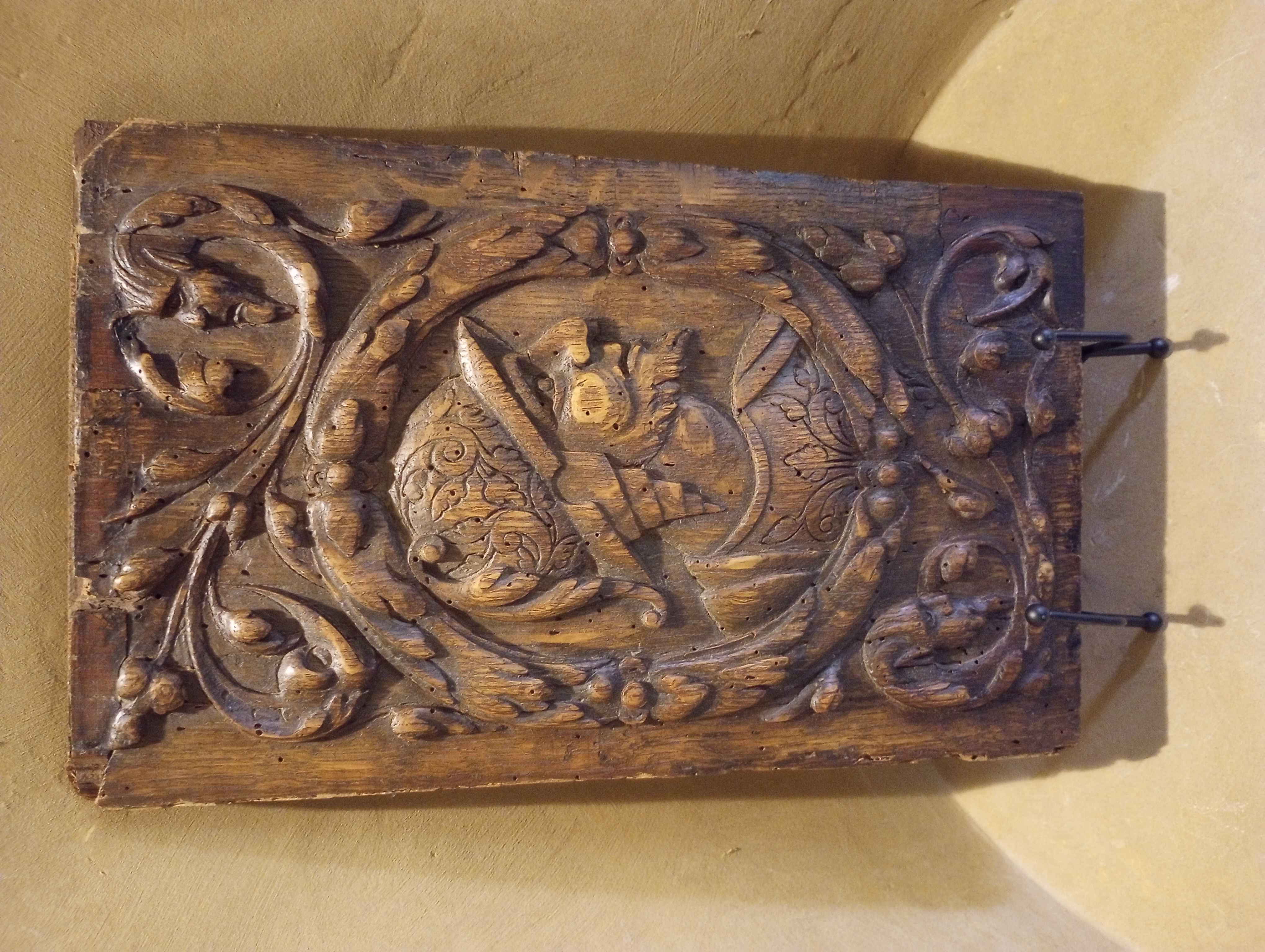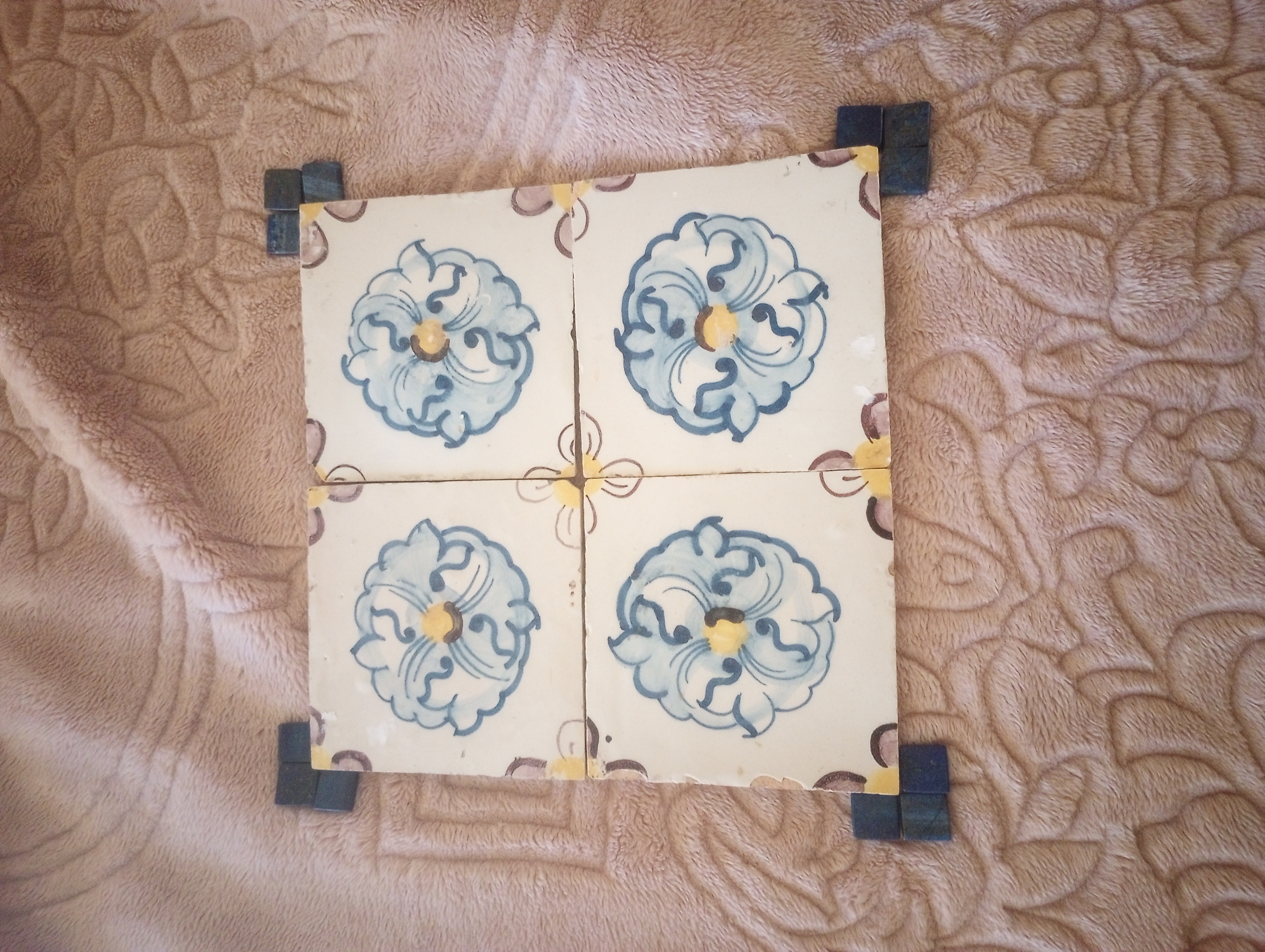
17th Century, Dutch. There is some damage to the upper left corner. An intact version is held by the Rijksmuseum, and labeled as a “View of Elmina, Cormante and the island of Goeree. Sheet with three performances, July 1665. Above: the Dutch fleet under Admiral Michiel de Ruyter with three conquered English ships for St. Iago castle in Elmina, at the top left of the legend A-n. Bottom left: View of the Fort Cormanty on the African gold coast. Bottom right: View of the island of Goeree in the Cabo Verde off the coast of Senegal.”
The seizure of Fort Cormantin and retaking of Elmina Castle from the English by Admiral De Ruyter's Mediterranean squadron in 1664 would lead to the commencement of the Second Anglo-Dutch War the following year.

18th century, French. Plates 7 and 8 from the “Military Art: Fortification” entry in the Encyclopédie. Explanations of the details in these and other plates from the same text have been provided by the University of Michigan's Encyclopedia of Diderot and D'Alembert Collaborative Translation Project here.

18th century, French. Illustration of the differences between the barbastelle and pipistrelle genuses of bats provided by Christian Friedrich Fritzsch for the Comte de Buffon's Histoire Naturelle.
An English translation of the Comte's remarks on bats can be found here.




















